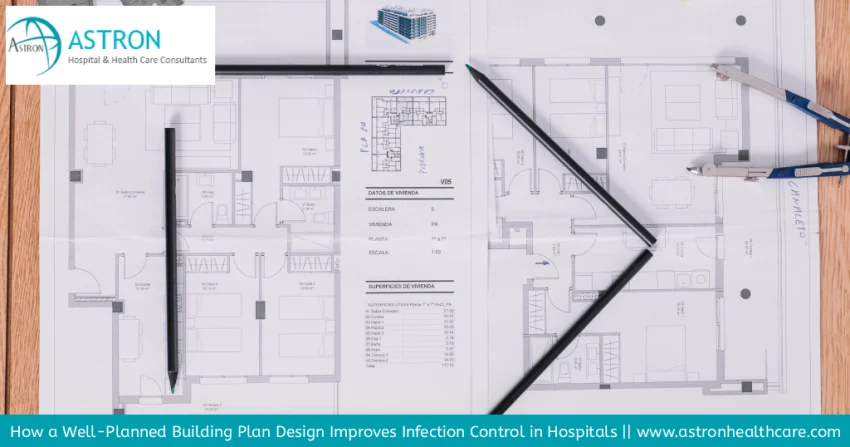The healthcare industry has witnessed rapid globalization in recent years, with millions of patients travelling abroad for advanced medical treatments, cost-effective procedures, and specialized care. In this growing landscape, JCI Accreditation—awarded by Joint Commission International—emerges as one of the most trusted benchmarks of healthcare quality and patient safety. For international patients, a JCI Accredited Hospital…
Balancing Functionality and Aesthetics in Hospital Design Architecture
Designing a hospital is no longer about constructing buildings for the purpose of treatment. Modern health facilities are more about being functional and attractive. Good hospital design architecture combines functionality and aesthetics in a way that enhances patient experiences, staff efficiency, and overall operations. Such a balance needs to be struck so that hospitals are also…
Ensuring Compliance and Quality: The Importance of project management consulting company in Healthcare Projects
The healthcare sector is one of the sectors where all projects, whether building a new hospital, adopting electronic health record (EHR) system, or adding a new clinical service, require accuracy, conformity, and quality in all stages. In comparison to other industries, healthcare projects fall under tough regulatory standards and a lot of scrutiny and therefore,…
How Top Management Consulting Firms Guide Healthcare Facility Development
Creating a healthcare facility is not a simple task that can be reduced to mere building of buildings and equipment. It demands proper planning, critical thinking, and clear vision of the healthcare provision models. This is where the experience of the top management consulting firms will come in handy. Since the development of concepts, to the…
How a Well-Planned Building Plan Design Improves Infection Control in Hospitals
Infection control is not a protocol, but a necessity in hospitals. The design of a healthcare facility directly affects the spread of infections and their overall control. Each aspect designed to secure patients, healthcare staff and visitors; starting with the design of wards up to the location of the ventilation system. The appropriate building plan…
How Sustainable Hospital Design Architecture Promotes Green Healthcare
In the modern era, healthcare institutions are not only centers of healing but also examples of social and environmental responsibility. The concept of sustainable hospital design architecture has gained significant momentum as hospitals aim to reduce their environmental footprint while promoting healthier environments for patients and staff. By integrating green building principles, energy-efficient technologies, and eco-friendly…
The Impact of JCI Accreditation on Medical Tourism in India
India has become one of the primary destinations of medical tourism in the world with millions of patients around the world flocking to the country in search of affordable high-quality healthcare services. Hospitals that have received JCI accreditation, which is a worldwide standard of healthcare excellence, have been a strong source in supporting the growing…
Improving Patient Experience: Why Healthcare Providers Are Turning to Management Consulting
The field of healthcare today is not about treatment alone, but also about making sure the patient is heard, cared and respected along the way. The experience of patients encompasses all the things that happen to an individual after entering a hospital and the way the patient is treated and how they are assisted out…
Why Building Plan Design Matters for Space Optimization
Comfort and safety do not take precedence over efficiency and functionality in the healthcare setting. The layout of a medical facility directly influences patient care and the staffs performance and general operation flow. The building plan design is the starting point of the efficient space optimization when creating a hospital, clinic, or diagnostic center. It guarantees…
Using Digital Dashboards to Strengthen Quality Monitoring and Accreditation Compliance (NABH/JCI)
In the journey toward NABH (National Accreditation Board for Hospitals) or JCI (Joint Commission International) accreditation, one principle stands out: what gets measured, gets improved. Accreditation standards require healthcare organisations to track, analyse, and act on quality indicators from infection control rates to patient satisfaction. Yet, in many hospitals, data remains scattered in registers, spreadsheets,…










